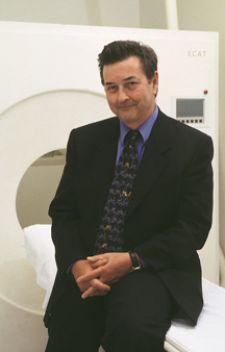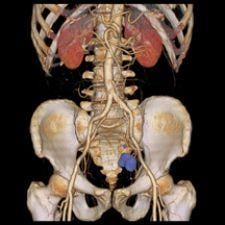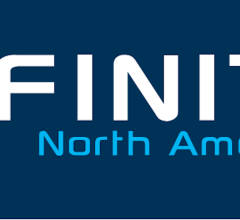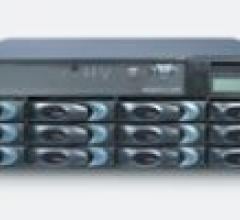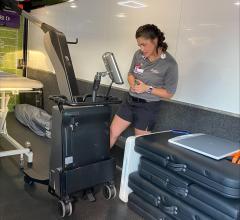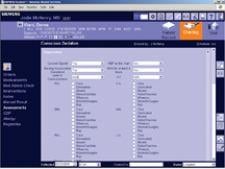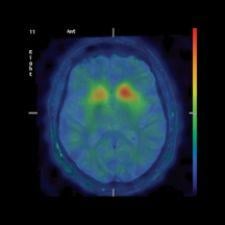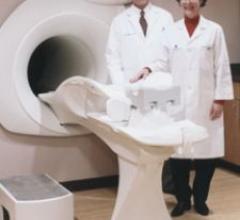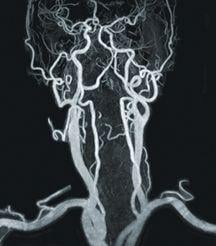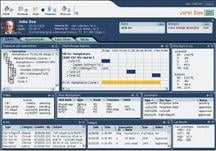Any time a patient can be administered minimally invasive treatments percutaneously, have an increased chance at abridged recovery time and a reduced or eliminated hospital visit, it’s a step in the right direction. Efficiency is crucial, and interventional imaging is becoming more effective each year.
With all the discussion surrounding the development of a national Electronic Health Record (EHR), perhaps nothing better ...
In President Bush’s last State of the Union address, he called for “most Americans to have an electronic health record ...
Clinicians and referring physicians need fast, secure access to both patient data and their diagnostic or viewing tool ...
The field of molecular imaging continues to grow. GE Healthcare has already invested $160 million in the development of ...
The tremendous accuracy with which a physician can treat tumors with Intensity-Modulated Radiation Therapy (IMRT) is the ...
Image fusion — combining image data from different modalities, and of which hybrid imaging is a subset — is ...
The Healthcare Information and Management Systems (HIMSS24) Conference and Exhibition (March 12-14, in Orlando, Fla.) is ...
On a recent road trip to Arizona in my RV, I noticed that the dashboard indicator for the engine temperature did not ...
How is NeuroLogica upholding its conviction that all people, regardless of where they live, should have access to high ...
Knowledge is power. And patients are acquiring that power. An informed patient today might ask a physician before undergoing an exam, “Does your MRI have 3-D imaging support?” Or simply, “Is the equipment safe?”
Agfa Radiology Solutions is committed to enhancing clinical outcomes and operational efficiency, underscoring its ...
Imaging technology has advanced by leaps and bounds in the last few years with enhancements in multimodality imaging ...
The Customer The General and Diagnostic Imaging Center and Mary Birch Women’s Outpatient Imaging Center at the Sharp ...
The market for PACS implementation services was earmarked to reach $273 million in 2005, representing more than twenty ...
Playing sports is good for all ages: it helps participants stay in shape, learn how to organize their time, and help ...
Radiology information technology (IT) such as PACS, RIS, clinical applications and digital dictation/speech recognition is creating new opportunities for radiology services, both inpatient and outpatient.
Nuclear medicine (NM) was one of the first imaging modalities to offer all-digital acquisition and processing, achieve ...
Image fusion of molecular and anatomic data has proven extremely useful for diagnosis and treatment in radiology ...
As clinical director of Breast MRI of Oklahoma LLC and radiologic director of Mercy Women’s Center, Rebecca G. Stough, M ...
The ImageGrid 200 establishes a new entry-level DICOM-standard storage category by combining an enterprise-class ...
When Claude Bernard inserted a mercury thermometer into the carotid artery of a horse to measure blood temperature in ...
Long before U.S. President George W. Bush emphasized the importance of the electronic health record (EHR), cancer ...
Toshiba’s high-performance Excelart Vantage ZGV magnetic resonance imaging (MRI) system received FDA clearance. The new Vantage ZGV is immediately available and offers new product sequences, enhanced image quality and features the Mach 8 processor, which increases reconstruction to 1,300 images per second for more powerful clinical applications.

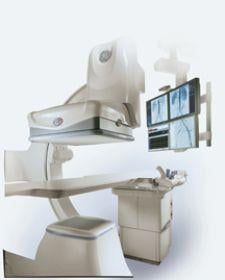
 May 18, 2006
May 18, 2006 


